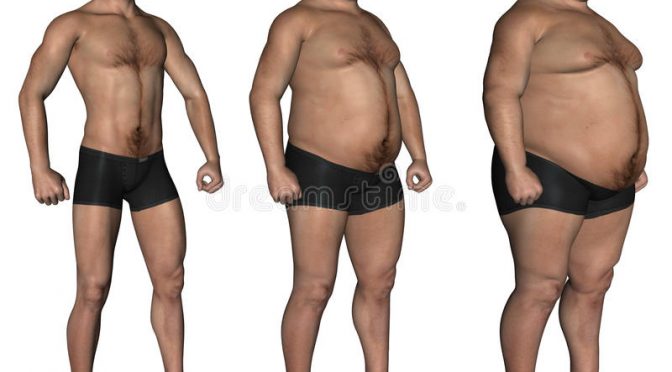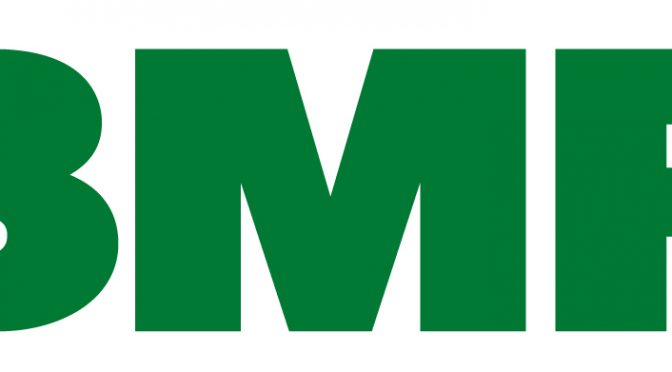The Basal Metabolic Rate and You
In my last article, we discussed Basal Metabolic Rate or BMR and how it influences weight either gain or loss. As we age, the BMR decreases by 2% every 10 years after the age of 20.
This decline in BMR is due to age-related changes in muscle mass and hormonal levels.
What are the effects of decrease in BMR and how does it affect our overall health?
A decrease in BMR can lead to weight gain and difficulty losing weight. It can also cause fatigue, decreased energy levels, and a slower metabolism.
Why does our metabolism slow down as we age?
Metabolism slows down as we age due to a decrease in muscle mass and physical activity levels.
What causes the decrease in muscle mass as we age?
The decrease in muscle mass as we age is primarily caused by a combination of factors such as hormonal changes, decreased physical activity, and a decline in muscle protein synthesis.
Why does the BMR decrease as we age?
The decline in BMR as we age is primarily caused by a decrease in muscle mass and an increase in body fat percentage. Other factors include hormonal changes, such as a decrease in growth hormone and testosterone levels, as well as a decrease in physical activity levels.
This decrease in BMR results in weight gain for most people because we tend to do less exercise and eat the same amount [or more] that we do at the age of 20. Exercising results in more lean muscle mass thereby increasing our BMR.
What are the effects of this decline in BMR?
The decline in BMR leads to reduced calorie expenditure and can result in weight gain or difficulty in losing weight. There is steady decline in muscle mass and an increase in body fats.
Loss of lean muscle mass and sedentary lifestyle results in accumulation of unnecessary fats around our trunk. This also leads to an increase in Visceral fats thereby compressing our vital organs [heart, kidney, liver, etc.] leading to illnesses like hypertension [high B.P.], fatty liver disease [leading to increase in serum cholesterol in the long run] and kidney failure.
Calculate your BMR here-
How can we improve basal metabolic rate and build muscle mass simultaneously?
To improve basal metabolic rate and build mass simultaneously, incorporate the following workouts:
- Perform compound exercises: Squats, deadlifts, bench presses, and overhead presses engage multiple muscle groups, promoting muscle growth and stimulating the metabolism.
- Include strength training: Lift weights at least 2-3 times per week. Focus on progressively increasing the intensity and volume of your workouts to challenge your muscles and encourage growth.
- High-intensity interval training (HIIT): Incorporate short bursts of intense exercise followed by active recovery periods.
- This boosts metabolism, burns calories, and supports muscle development.
- Prioritize protein intake: Consume adequate protein to support muscle growth and repair. Include lean sources like chicken, fish, eggs, beans, and tofu in your diet.
- Eat frequent, balanced meals: Consume smaller meals throughout the day to keep your metabolism active. Include a mix of complex carbohydrates, lean proteins, and healthy fats in each meal.
- Stay hydrated: Drink enough water daily to support your body’s metabolic processes and muscle function.
- Get sufficient rest: Allow your body time to recover and repair by getting enough sleep. Aim for 7-9 hours of quality sleep per night.
- Consider professional guidance: Consult with a registered dietitian or a certified fitness professional to tailor a workout and nutrition plan to your specific needs and goals.
Remember, consistency is key. Combine a well-designed exercise routine with a balanced diet to optimize your basal metabolic rate and promote muscle growth.
Diet and Your Basal Metabolic Rate
Drastic dieting leads to weight loss temporarily due to drastic cutting of calories which sends your body into starvation mode.
The body metabolism [energy production] slows down in order to maintain calories, because it believes there is a shortage of food supply, thereby leading to the accumulation of calories in the form of excess body fats.
So a proper calorie-burning plan of exercise with a proper diet plan is the key to maintaining your BMR and body weight to the optimum.
Daily exercise of any form, be it walking, jogging, aerobics, yoga, or tai chi, along with a properly balanced diet will go a long way in maintaining the desired BMR as per your height and age.
How building your body mass helps your Basal Metabolic Rate [BMR]
Building a lean muscle mass with weight training 3 to 5 days a week helps increase your metabolism and in shedding the excess fat surrounding your middle, thereby giving you not only the look you desire but also improvement in your health by controlling high BP, diabetes, arthritis, etc.
Conclusion
As I conclude, I would like to pass on a message-
Improve your muscle mass using the tips in this article- you will automatically improve your BMR whatever age you are now.
Hope you enjoyed reading this article and hopefully you gained some knowledge about how our body works.
Do share this blogpost with your friends and family by using the social media icons at the bottom. Alternaely, you can Click to Tweet here-
How To Maintain Your Basal Metabolic Rate and Your Body Mass Share on XAdios.


![How To Maintain Your Basal Metabolic Rate and Your Body Mass 2 Image to show how to calculate basal metabolic rate[bmr]](https://raodoctor.com/wp-content/uploads/2018/12/Copy-of-Untitled-7.avif)



